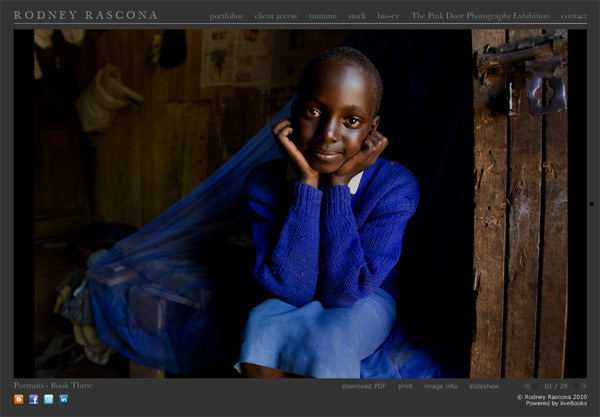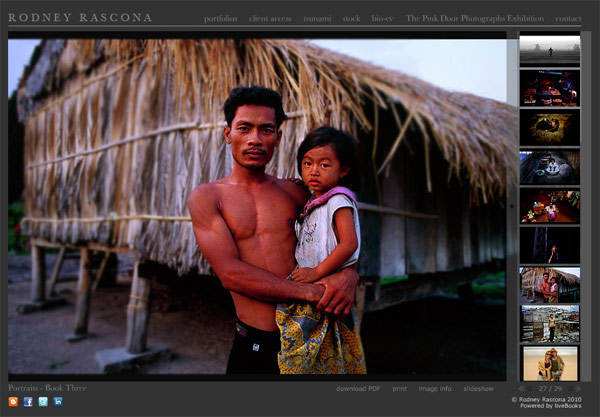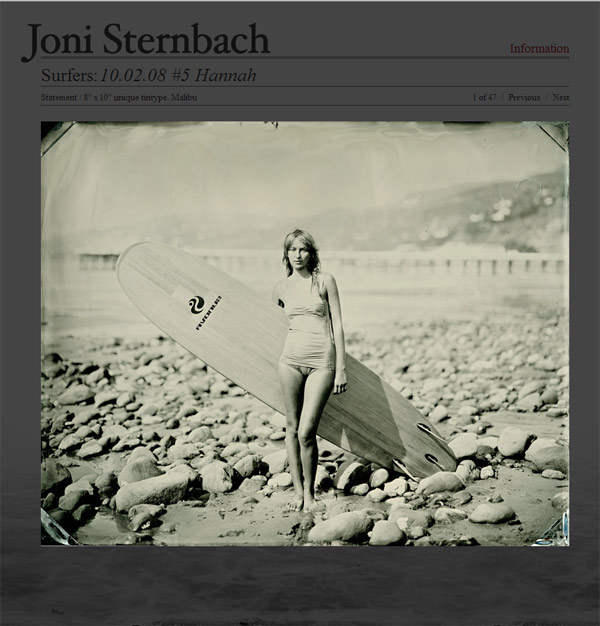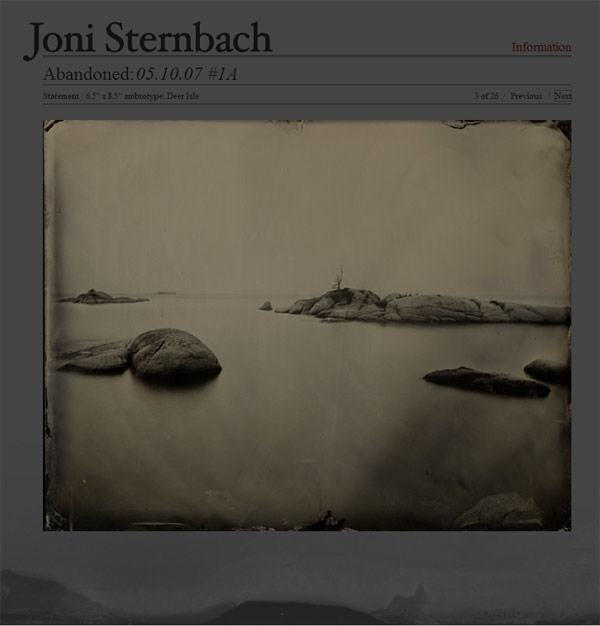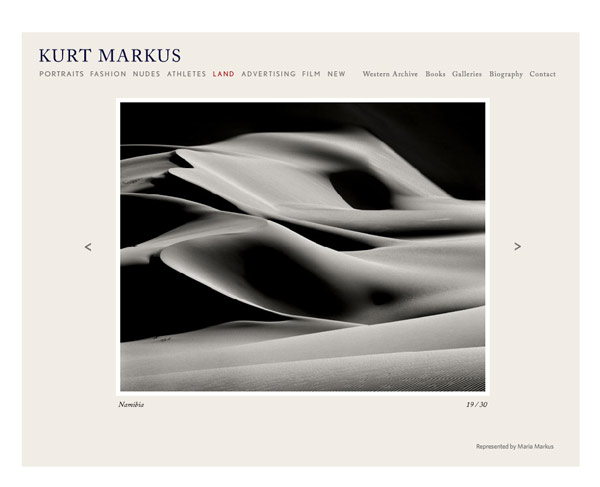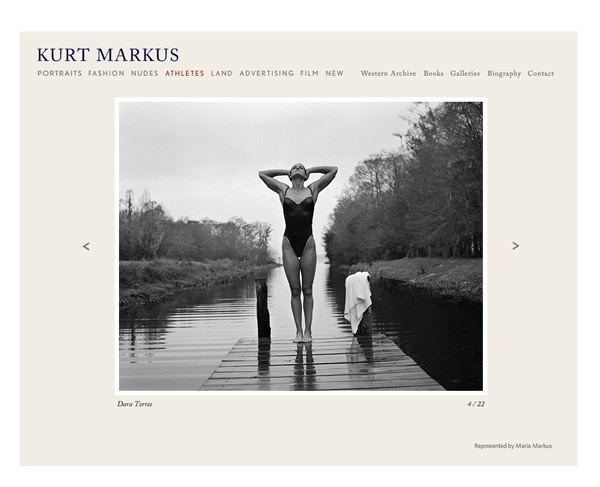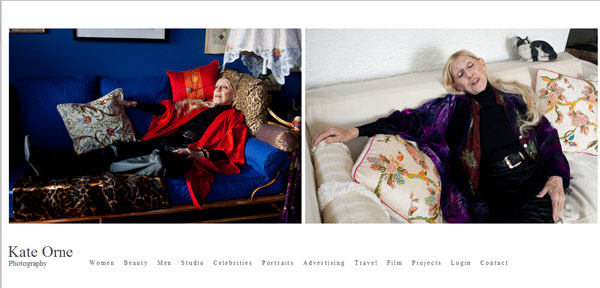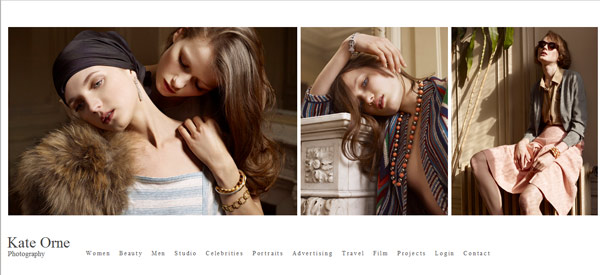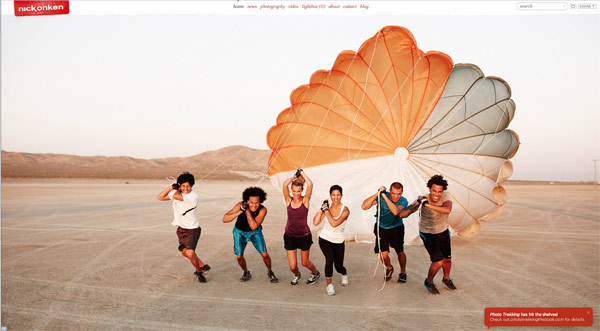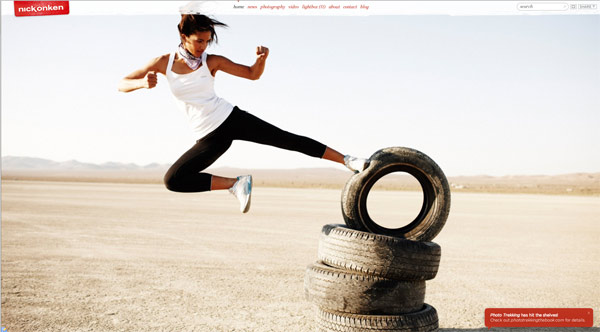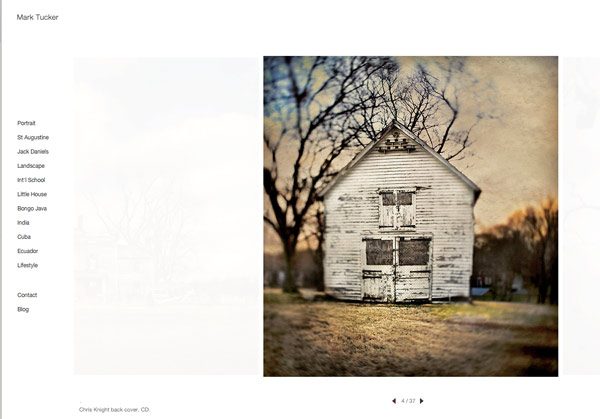
We were talking about style and vision in the last few posts. I thought I would take this point to show some photographers who I believe show a lot of vision and style. This is as nearly a random sampling of the photographers I love as possible. There are a lot of shooters in my ‘vision’ tab… these are only a few.
We see a lot of talk about ‘vision’ and ‘style’ and they are difficult to put into a specific, detailed set of parameters.
Style – noun (OnLine Dictionary)
1. The way in which something is said, done, expressed, or performed: a style of speech and writing.
2. The combination of distinctive features of literary or artistic expression, execution, or performance characterizing a particular person, group, school, or era.
3. Sort; type: a style of furniture – a type of photography.
4. A quality of imagination and individuality expressed in one’s actions and tastes: does things with style.
5.a. A comfortable and elegant mode of existence: living in style.
5.b. A mode of living: the style of the very rich. (Photographers… heh)
6.a. The fashion of the moment, especially of dress; vogue.
6.b. A particular fashion: the style of the 1920s. See Synonyms at fashion.
We have talked about style before on Lighting Essentials:
“Style: It’s Not What You Shoot. It’s How You Shoot It.”
“Salina Maitreya: 4 To Do’s for Photographers (Interview in Three Parts)”
“What Makes a Photograph ‘Great?’”
““Breaking Out” as a Professional Photographer: Daron Shade”
So take a look at those articles when you get a chance.
Pretty good definition list, but what do we make of them. (5b is a given for photographers, so we won’t get into that one. My Bentley driver may have a few words later, but only after he fuels up the jet for the weekend MM shoot.)
Let’s see what we can attach to some of the photographers I have listed here. Spend some time at each photographer’s site. Note how the definitions above start to make sense as we view the images.
Rodney Rascona is a fellow Phoenician. His work has always been top of mind for me in this area. A talented photographer who has maintained a strong presence in the national advertising scene and still lives here in the desert. Rodney’s work ranges from portrait to automobile to travel… and he has a style that is so prevalent in his work.
Spend some time with Rodney’s work and note how he creates his style. Composition and light as well as presentation are consistent. A drama that is created by formal design and light with contrast to define. Colors are vibrant.
Across the genres of portraits, automobiles and even the photojournalist like shots of the tsunami, there is a consistency of vision.
Joni Sternbach is a huge favorite of mine. Her work ranges from portraits to landscapes.
Sternbach chooses an older process for her prints, and uses large cameras for perspective control and limited Depth of Field. But it is beyond the choice of camera and process that makes her images take on a specific vision and style. Study how she approaches the “Surfland” images and compare that to the imagery in the “Salt Effect” series. Portraits of surfers and landscape work tied together by a vision and execution that show a single photographer’s style.
Kurt Markus shoots fashion, sports figures and landscapes… how’s that for variety. And yet the distinctive vision that Markus displays is across all genres.
A great example of it being not ‘what you shoot’ but ‘HOW you shoot what you shoot’, Markus’ clean style and intimate, natural approach to his images keep his vision consistent. Classical, almost historically iconic approaches to his subjects combine with a fresh, natural feeling seems to run through his work. Modern classicism? Maybe. See what you can find as you go through the images slowly and with deliberation.
I love Kate Orne’s work. It is approachable, natural, elegant and totally free of conceit. It is an approach that lets the subjects be the subjects. No banks of lights and Photoshop magic, just honestly beautiful images.
Notice also how Orne’s style crosses over to her travel work and studio work. It is a vision that is hers, and the style is in the work itself. Beautifully photographed and simply presented imagery.
Nick Onken is a guy I go to often to just smile and take in great imagery. He keeps his work fresh and identifiable by keeping the style consistent. And that consistency has led to major campaigns and recognition from all over. His book “PhotoTrekking” was reviewed here on LE and is a fantastic addition to any photographer’s library.
Nick’s color palette, natural light approach, fun and witty composition and strong emphasis on Point of View gives some consitency. His attention to detail, in every instance, brings an excitement to the images and draws the viewer in. You will have a lot of fun looking through Nick’s work.
Damn, I am a big Mark Tucker fan. Such compelling work and with such conviction of style. Whatever Mark shoots, it is presented in what seems like the most perfect way. There is a pronounced absence of ‘over-the-top’ processing or faddish types of lighting. The work is consistent in color, composition and vision.
Mark’s work can be quirky and fun as well as serious. His use of old lenses, tilt-shift lenses and textures also makes the work accessible and seem like a blend of art and commercial… with an emphasis on personal style. As you go through his images, think of the choices he is making as he is designing the shots. What you see in Mark, and all the artists here, is a deliberate attention to detail. If it is in the shot, it was meant to be. The light is chosen to set the subjects off in a specific way… and that approach is taken across genres in his work.
Last up is Bill Phelps, a fantastic shooter that I recently discovered. I am so in tune with this work. Personal, engaged and without the vestiges of over-commercialism, the work Phelps delivers is most definitely his. Not a lot of compromise shown in the vision… it is tightly held and demonstrated in every shot he shows.
I am captivated by his post-modern style and the way he uses the frame to isolate sections of the world, and presenting them as slices of reality. A reality that is charged through the use of black and white. The work has a film look to it, although I have no idea if it is film or digital… nor do I care. The careful use of light that is infused within all of his work is intriguing and elegant.
As you look through the images of these photographers ask yourself these 5 questions:
1. What is the thing that ties the work together for you?
2. If the work was presented within different post-processing would it still stand?
3. What is the compositional approach that the photographers use to bring their work cohesiveness?
4. How is light used to enhance or alter the reality in the work?
5. Quick, describe the photographer’s work, style if you will, in less than 8 words.
Of course not every single image will contain every element of a photographer’s style, but taken as a whole – a “body of work” – the images belong to each other. And to the photographer that created them.
A challenge:
Can you find the elements that tie your photographs together and show how they work to present a body of work? Are they cohesive enough to show you as a photographer with vision or just a photographer? And, hey, it is great to be a good photographer. Let’s step it up a bit and be a good photographer with style and vision.
It’s damned hard work. It is a gray area, a nebulous enigma entwined in the emotional ties we have with our work. It is the ability to grasp and let go at the same time. It may mean a slight tweek to what we are doing. It may mean a total disc wipe and on to a new chapter.
But whatever it is, it will be important for us in the long run to have developed a style. Doesn’t mean we are locked in to only one, but one is good to get started.
Thanks for tagging along and I hope I have your juices going on what style may be, how to look for it in the work of others, and your own. It is a journey that can have lots of pulling of hair and gnashing of teeth. Sometimes you feel isolated and fearful and sometimes joyous and victorious. All part of the next climb in the journey.
